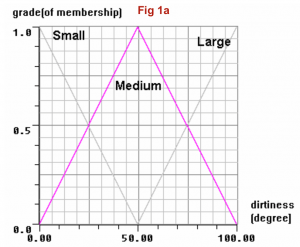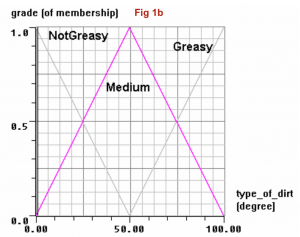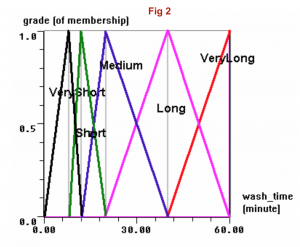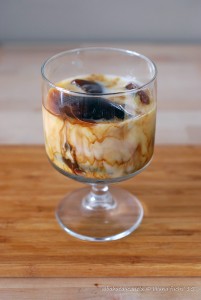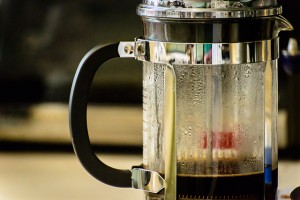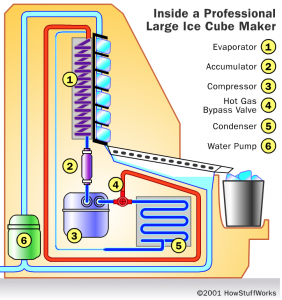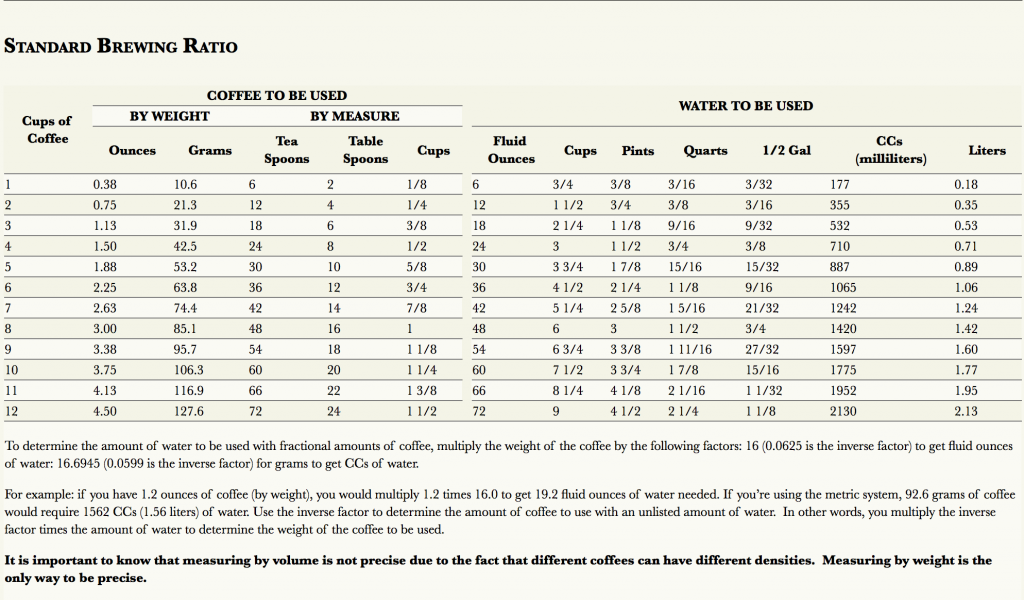Electronic instrument amplification may not seem like a complicated control system to anyone who has never used the equipment before, but to recording and performance artists, the tone of their sound is paramount. Ask any guitarist what the most important consideration is when selecting gear for their rig and they will almost unanimously answer: tone. So what determines this tone and how does the sound go from the weak guitar signal to the massive riffs that fill stadiums? The answer is amplification, electrical amplification to be exact. At a very high level, the pickups in a guitar translate the oscillations in the strings to an oscillating voltage (electrical signal) that is then fed into an amplifier or PA system. What makes amplifiers a special form of control system is that no one even thinks of them as a control system, once the guitar is plugged in, the sound is just automatically louder without any delay. This is the mark of a well executed control process.
Now, some lower level details about how exactly these amps boost the sound so well. The amp receives a power supply from the wall outlet and transforms a portion of that supply into a signal of a higher amplitude that matches the input signal. In the United States, this supply is an alternating current with a voltage of 120 V and oscillates at 60Hz with the amperage draw variant upon the appliance plugged into the wall. This is a standard supply and not in any way related to the signal the amp is attempting to process. This must be reduced and translated to a proportion of the full range signal the amp is capable of producing so that it does not damage the internal electronics which are not meant to handle household power.
Additionally, the gains that must be applied to the electrical power in the amp does not follow how we perceive the sound getting louder. While electrical power gains are linear, meaning that a gain of 3 will yield 3 times the output, gains that work with audible sound are logarithmic. When a volume knob is turned up on a stereo (an increase in the gain of the signal) and the sound appears to increase at the same rate, it actually increases faster at first and then slows down the more gain is applied. This means that the power increase needs to be related to the sonic output so that it gives the appearance of linearity and is easy to use.
Where amplification becomes significant from other control systems is in the tone, or the specific flavor of the sound and how it changes as it passes through the amplification system. Tone is essentially a modulation of the sound as it passes through the power transfer system. Many inexpensive amps use what is referred to as “solid state” amplification: using transistors and Op-Amps to increase the voltage and current of the signal from the instrument. They typically have a very clean, bland tone that can be very useful as a basic amplifier. Applications for these clean types of amplifiers include headphone amplifiers and small speaker amplifiers in computers, PA systems, keyboard amplifiers, and inexpensive instrument amps. They are not incredibly expensive to build, compact, durable, and accessible.
On the other hand, the most coveted amplifiers in history have all been tube powered. Using vacuum tubes as amplification circuits seems like antiquated technology in an age of touch screens and digital control but their sound is unparalleled. Artists like Stevie Ray Vaughan, Jimi Hendrix, Santana, and even contemporaries like John Mayer all play with these amps. But why?
It all comes back to tone. Looking at each of these individual types of amplification circuits, both perform the same function: taking a signal and making it louder. While neither of these are part of dreaded digital sampling, they do have very different characteristics that lead to different sounds and responses. Further work in controls will lead to a study in frequency response, which describes the differences quite well. Op amps are made up of transistors, arranged in such a way that they take reference voltages as the outer limits of their power and amplify the corresponding signal to within those bounds. Their responses are controlled and quick, but plain. Once the signal reaches the peak of what the circuit can produce, it maxes out the Op amp and it loses some of the character of the sound. This is known as saturation of the Op amps. Think of it as a transfer function that cuts out certain frequencies. For transistors, this filtering follows a first order frequency curve with no resonance. Simple and effective.
Tube amps use these “old school” vacuum tubes in the same way, but their response differs in that it does not behave as neatly. Ordinarily, this would be a problem, but its effect on the tone of the instruments is noticeably better. Its frequency response curve is more like that of a second order filter that has resonance near the cutoff. This resonance brings out frequencies and nuances in the signal that translate into what is referred to as great tone. Tube amps also have a unique feature where they do not saturate. Instead, they get overdriven, creating lovely bluesy sounds with a little bit of grit at harder playing levels while maintaining the clean tone at others. The level at which this “breaking up” occurs is controlled using the gain on the amp as well as the output level of the instrument.
As a control system, there is really not much to say. They are a very self contained system with the only outside control being the gain level and the level of the input. As such, the system itself is well designed and simple. Also, for such a system to have endured for so long; tube amplifiers have been around since the early 1900s, it stands as a solid testament to their quality and their effectiveness as a system.





 passive reaction system and not an active one – and it is exactly therein lies the key to fully reducing number of traffic related injuries. There’s only so much that can be done to reduce the damage caused by a 2 ton truck broadsiding another vehicle – short of making the entire passenger compartment a reinforced sarcophagus (arguably more for convenience than safety).
passive reaction system and not an active one – and it is exactly therein lies the key to fully reducing number of traffic related injuries. There’s only so much that can be done to reduce the damage caused by a 2 ton truck broadsiding another vehicle – short of making the entire passenger compartment a reinforced sarcophagus (arguably more for convenience than safety).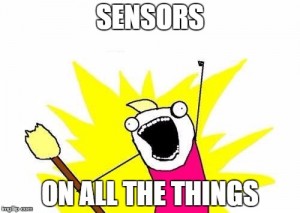 This opens up the opportunity of developing active systems in vehicles. The most useful of which will be, of course, for collision avoidance. No doubt that this would be by far the most important technology that needs to be developed before the first flying car, or whatever we choose to call it by then, could hit the sky. Partially because the cruising speed of these vehicles will be very high so a head on collision will probably have a delta V in the order of a Mach or so. Added to that, falling down another few thousand feet post collision will not aid the survival rate; that’s of course under the assumption that your entire everything won’t be vaporized in the collision, which is a pretty poor assumption to make.
This opens up the opportunity of developing active systems in vehicles. The most useful of which will be, of course, for collision avoidance. No doubt that this would be by far the most important technology that needs to be developed before the first flying car, or whatever we choose to call it by then, could hit the sky. Partially because the cruising speed of these vehicles will be very high so a head on collision will probably have a delta V in the order of a Mach or so. Added to that, falling down another few thousand feet post collision will not aid the survival rate; that’s of course under the assumption that your entire everything won’t be vaporized in the collision, which is a pretty poor assumption to make.

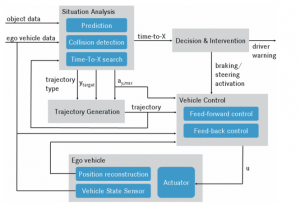

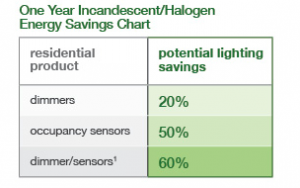
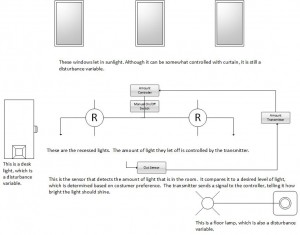

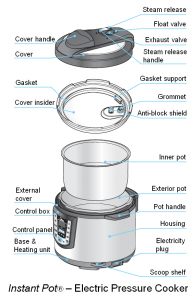
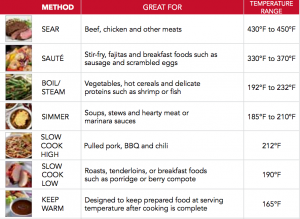

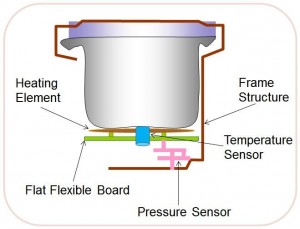


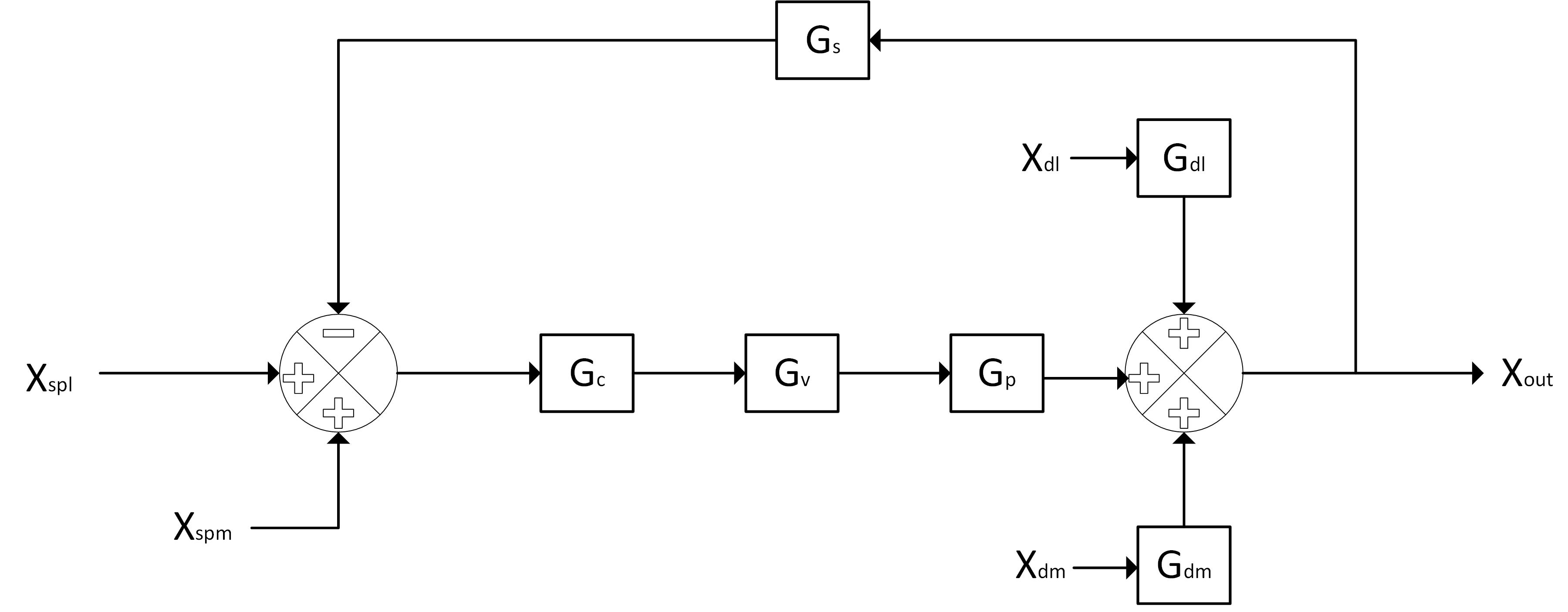

 To control cabin pressure, air conditioned air from the ECS is pumped into the cabin of a plane to create a safe and comfortable environment for passengers and crew flying at high altitudes. The air supplied to the fuselage is cooled, humidified, and mixed with recirculated air before it is distributed to the cabin. Pressurization is necessary at altitudes above 12,500 to 14,000 feet above sea level to protect passengers and crew from health problems caused by the low outside air pressure above those altitudes but is a requirement for cruising altitudes above 8,000 feet.
To control cabin pressure, air conditioned air from the ECS is pumped into the cabin of a plane to create a safe and comfortable environment for passengers and crew flying at high altitudes. The air supplied to the fuselage is cooled, humidified, and mixed with recirculated air before it is distributed to the cabin. Pressurization is necessary at altitudes above 12,500 to 14,000 feet above sea level to protect passengers and crew from health problems caused by the low outside air pressure above those altitudes but is a requirement for cruising altitudes above 8,000 feet. The higher the maximum differential pressure, the closer to sea level the system can maintain the cabin. Federal Aviation Regulations say that without pressurization, pilots begin to need oxygen when they fly above 12,500 feet for more than 30 minutes, and passengers have to use it continuously above 15,000.
The higher the maximum differential pressure, the closer to sea level the system can maintain the cabin. Federal Aviation Regulations say that without pressurization, pilots begin to need oxygen when they fly above 12,500 feet for more than 30 minutes, and passengers have to use it continuously above 15,000. Once you read it you’ll start to realize that it’s a very complicated process you may never fully understand, nor do you really want to because who wants to be paranoid about cabin pressure for a whole flight? As long as your pilot shows up sober, you should be fine!
Once you read it you’ll start to realize that it’s a very complicated process you may never fully understand, nor do you really want to because who wants to be paranoid about cabin pressure for a whole flight? As long as your pilot shows up sober, you should be fine!